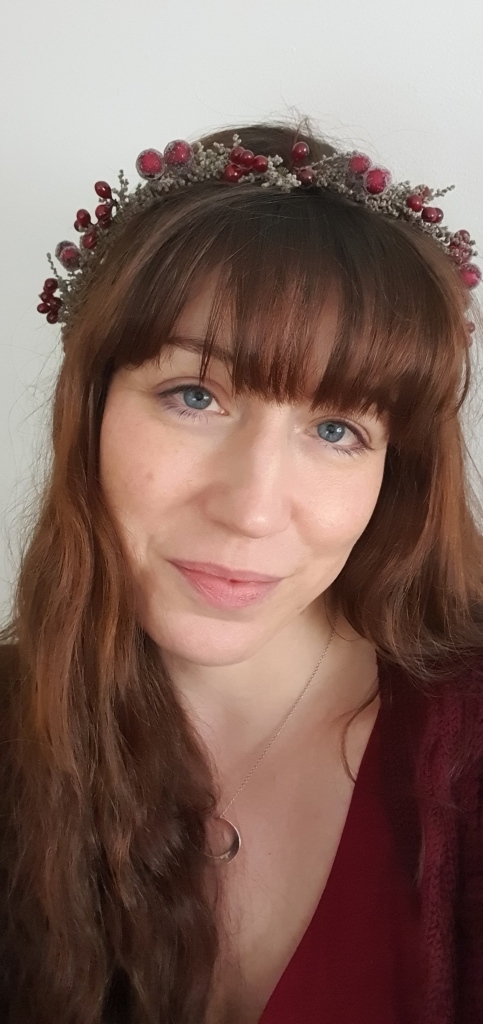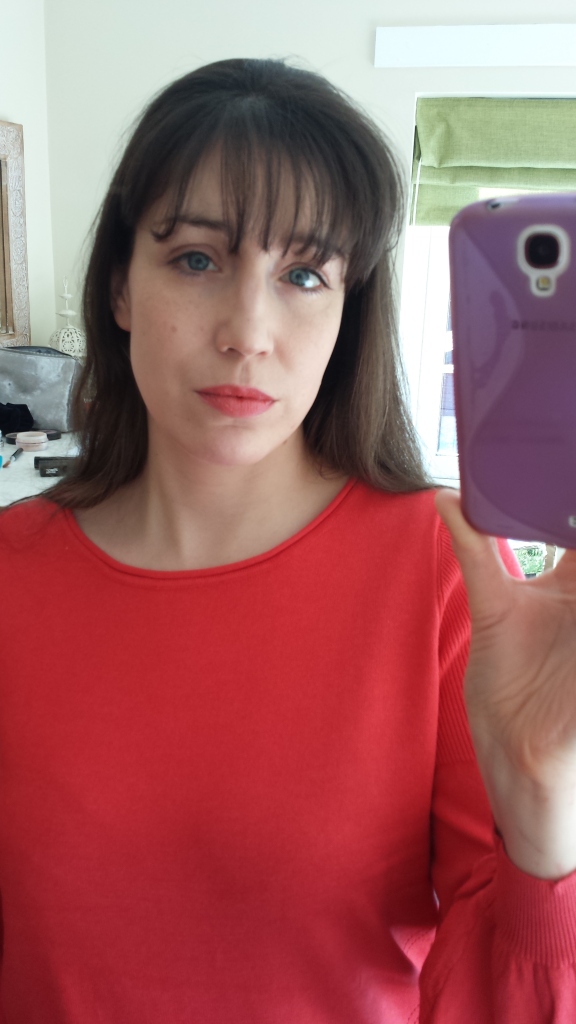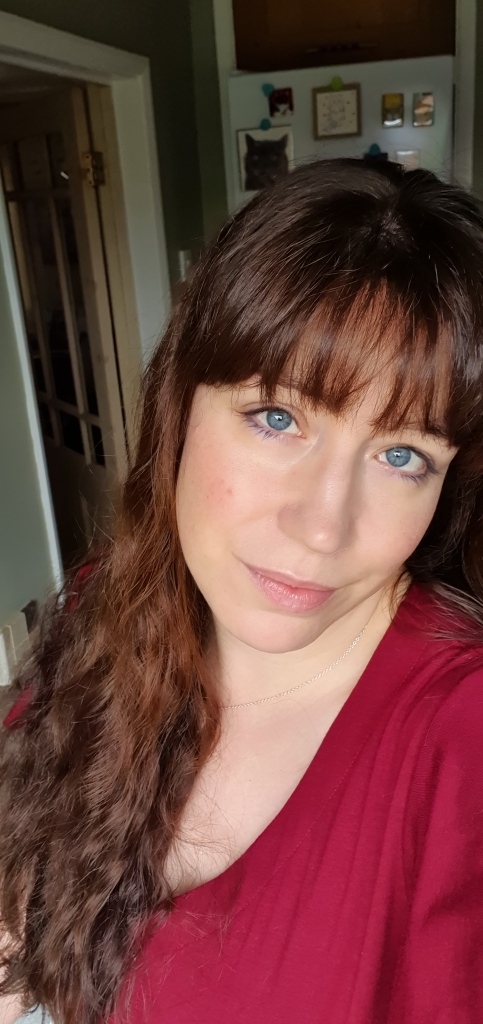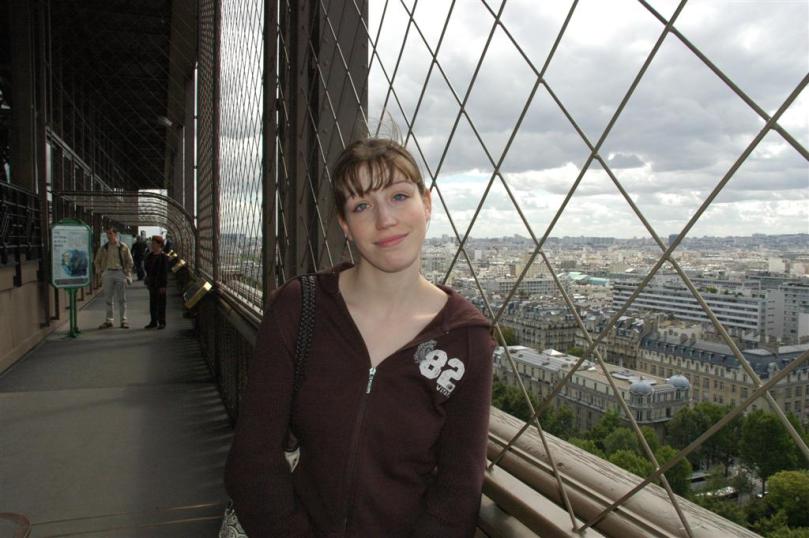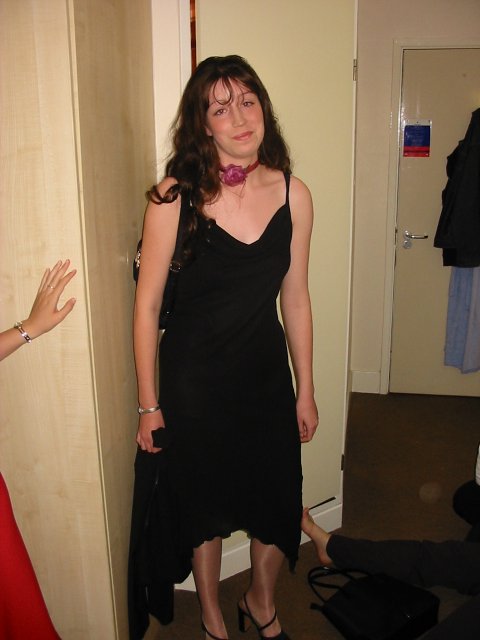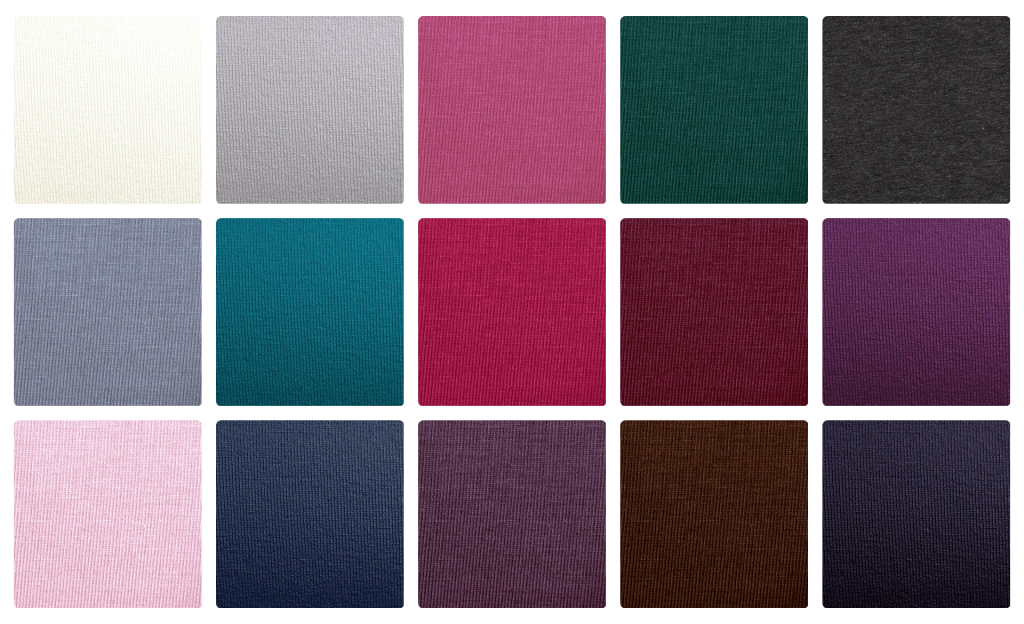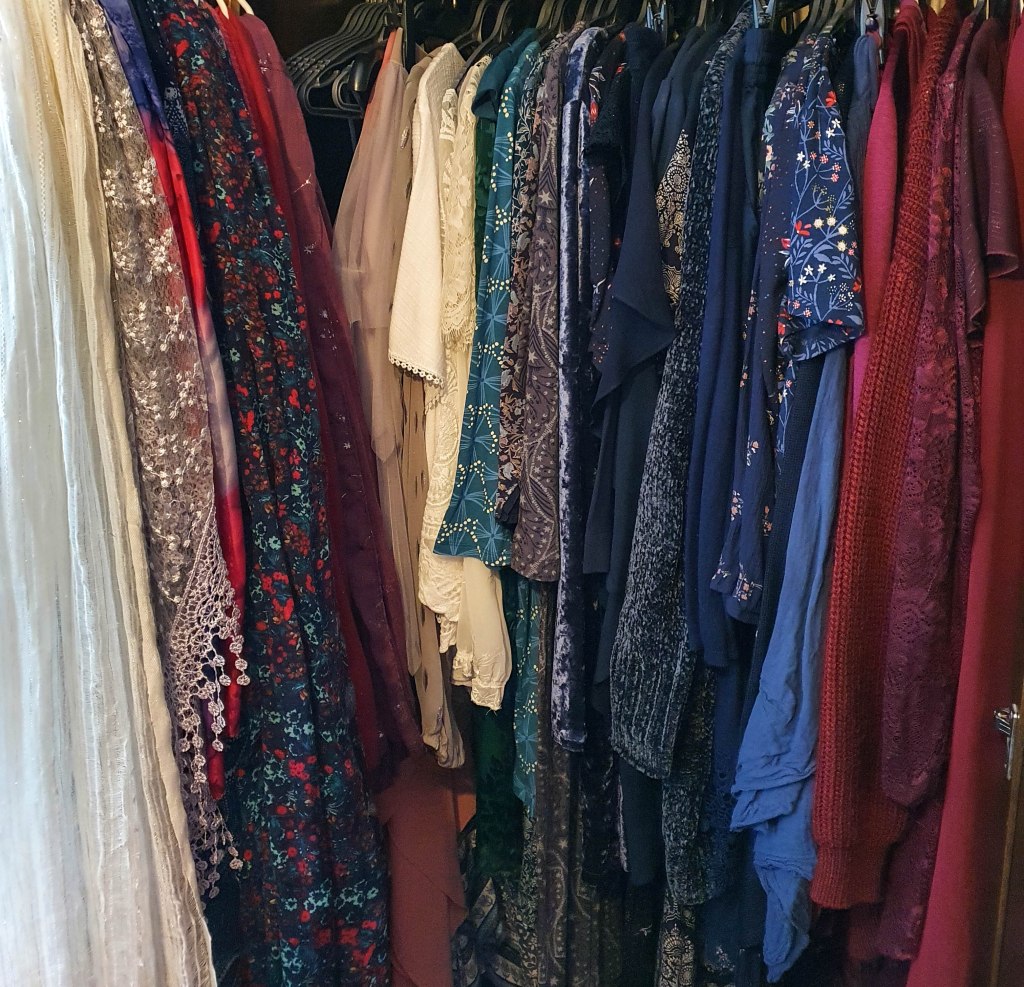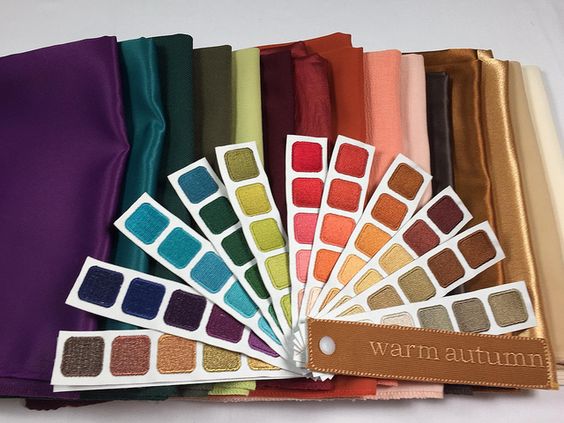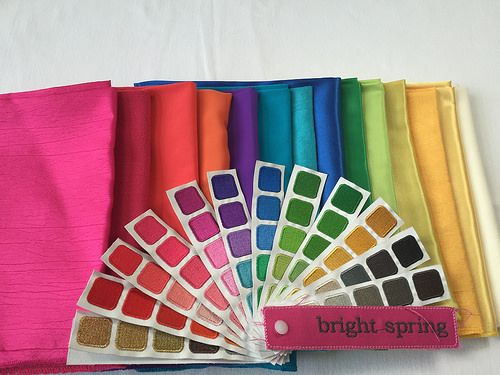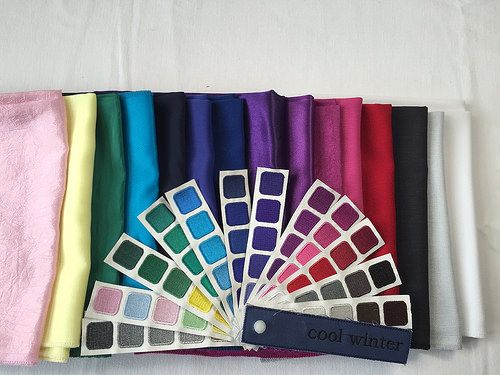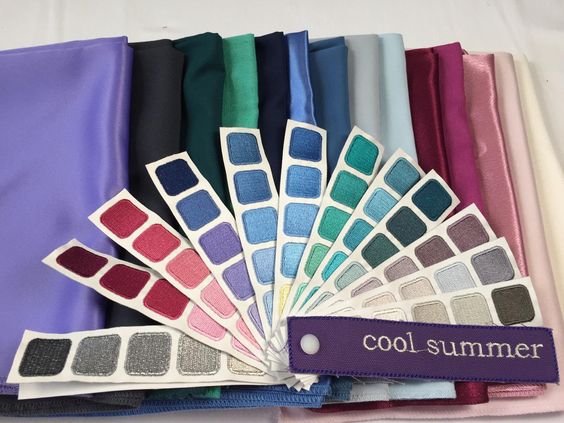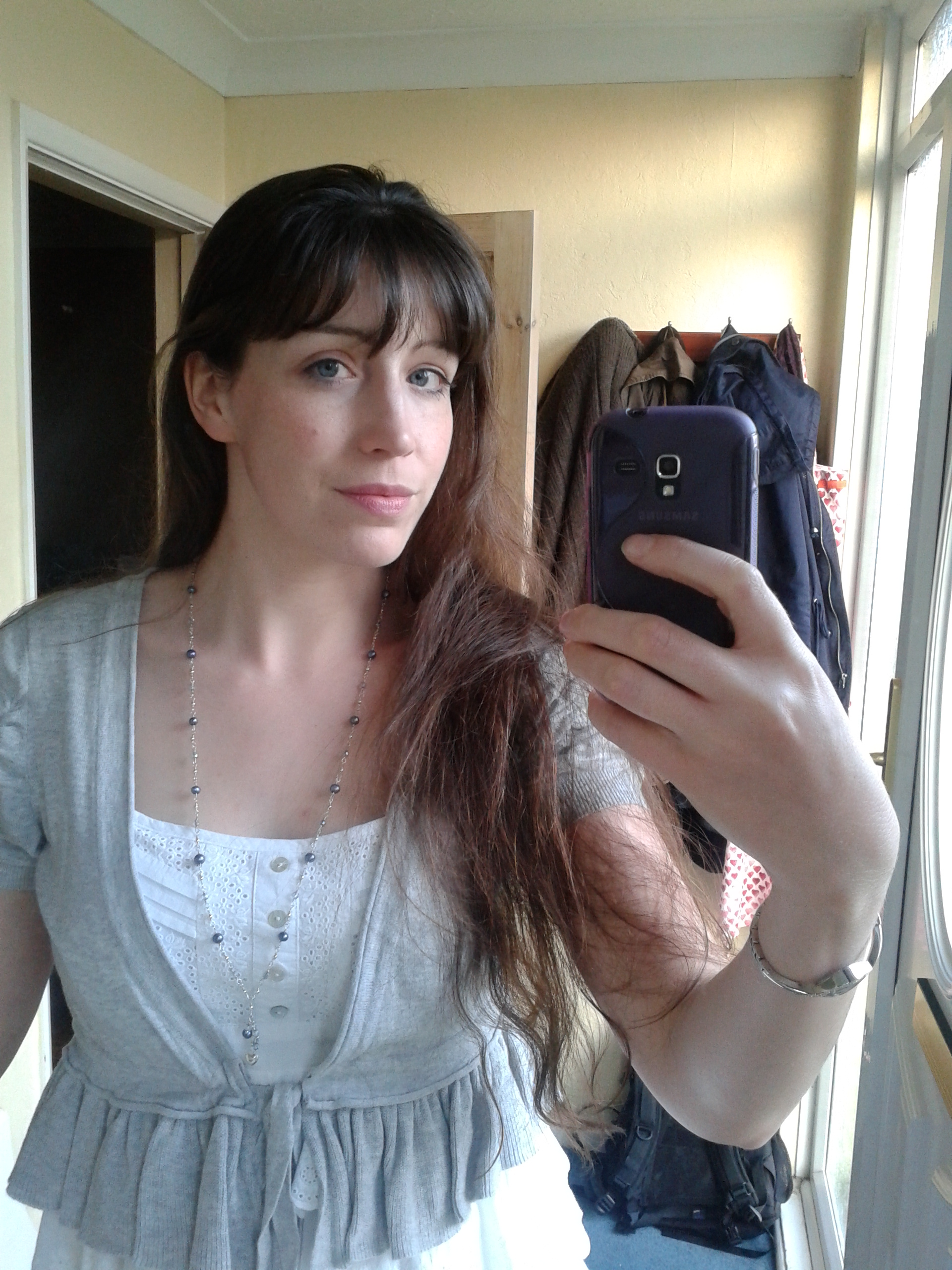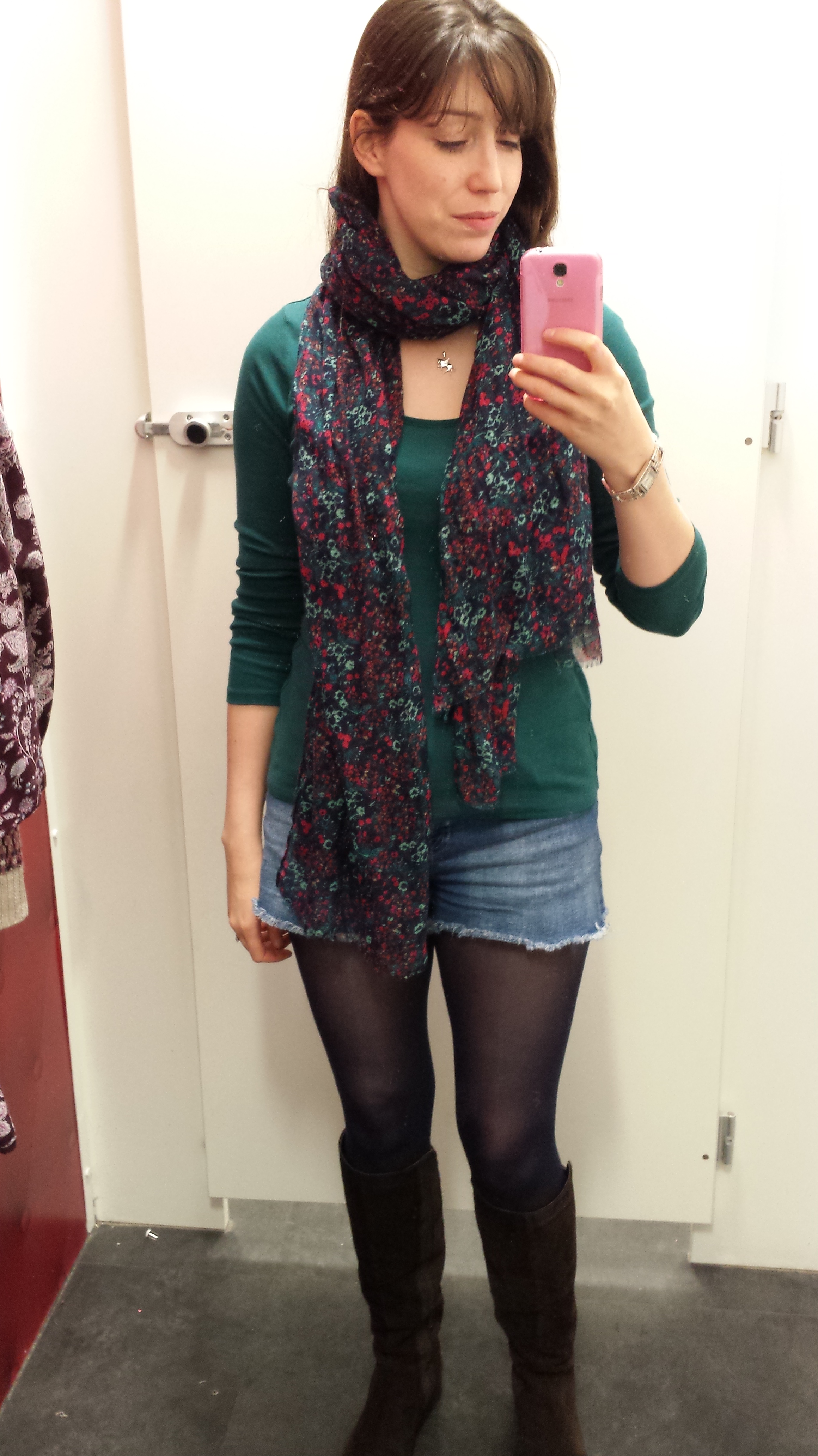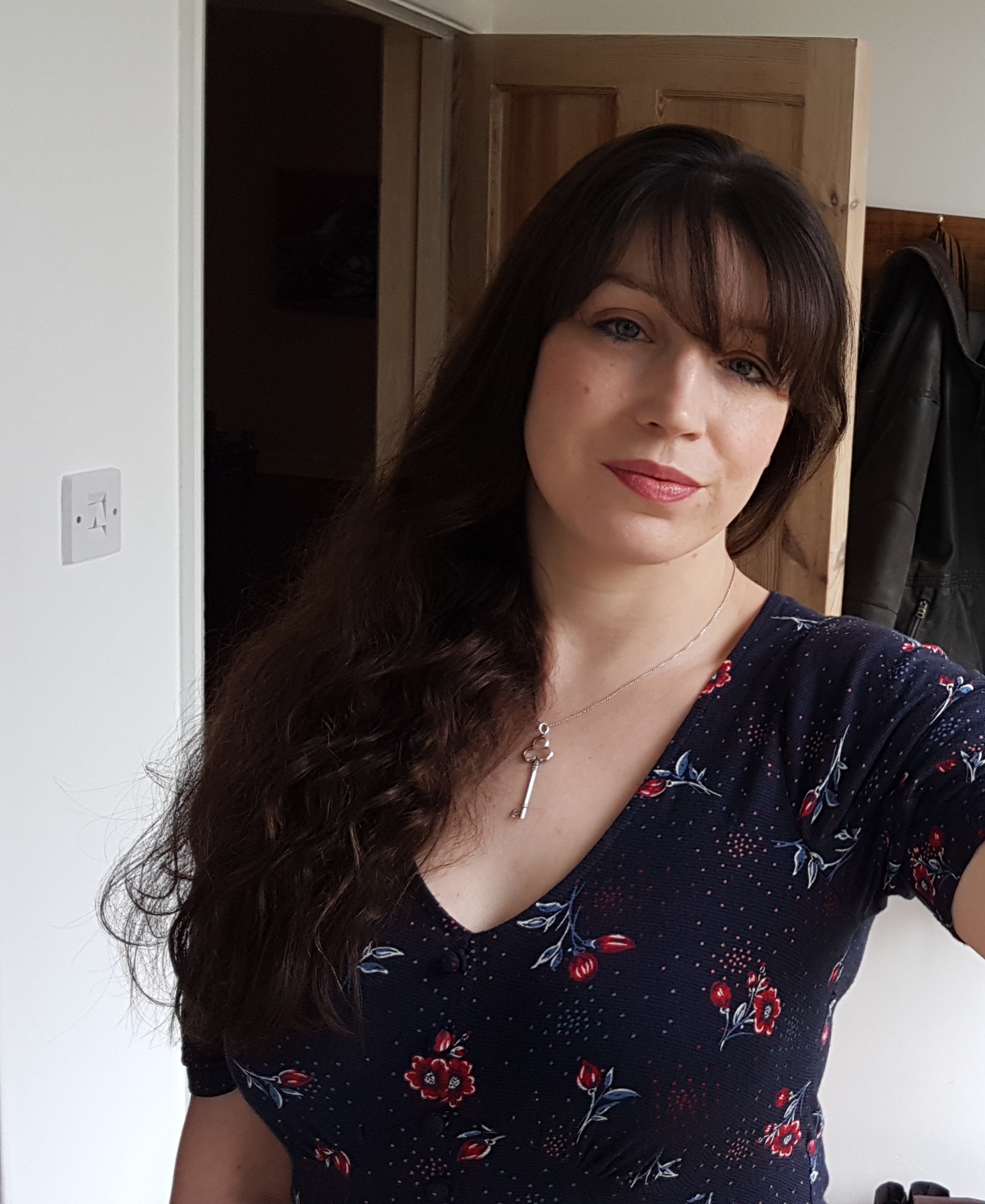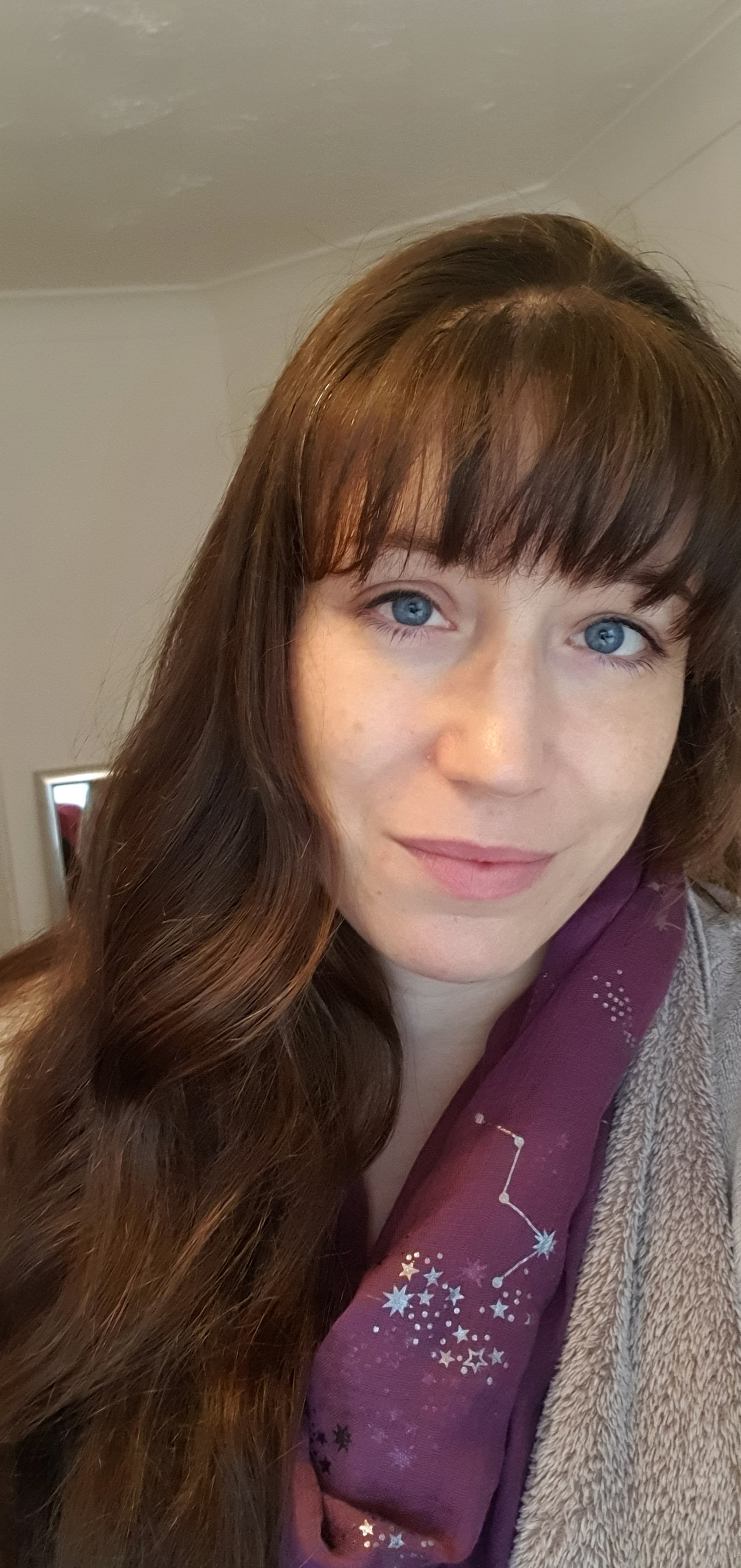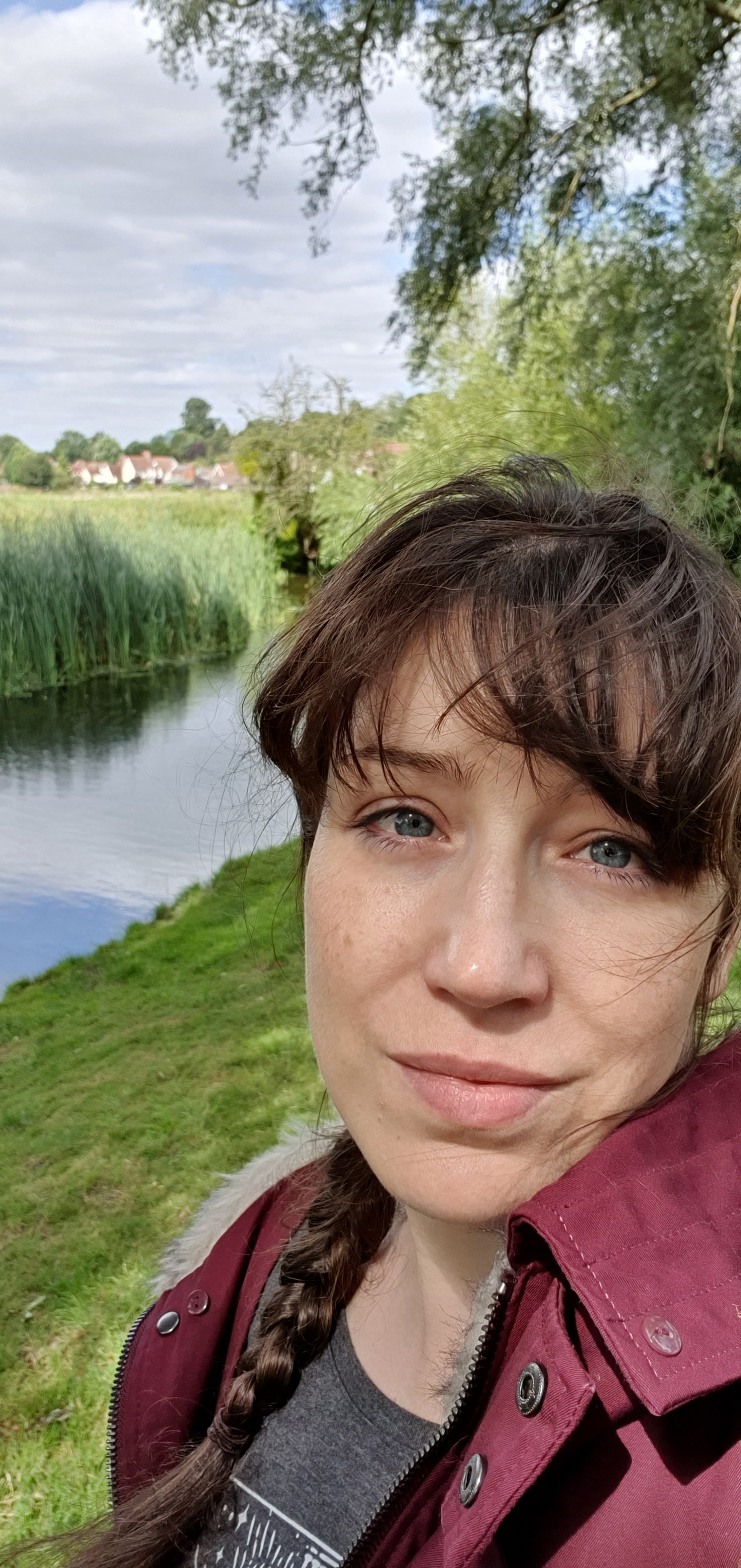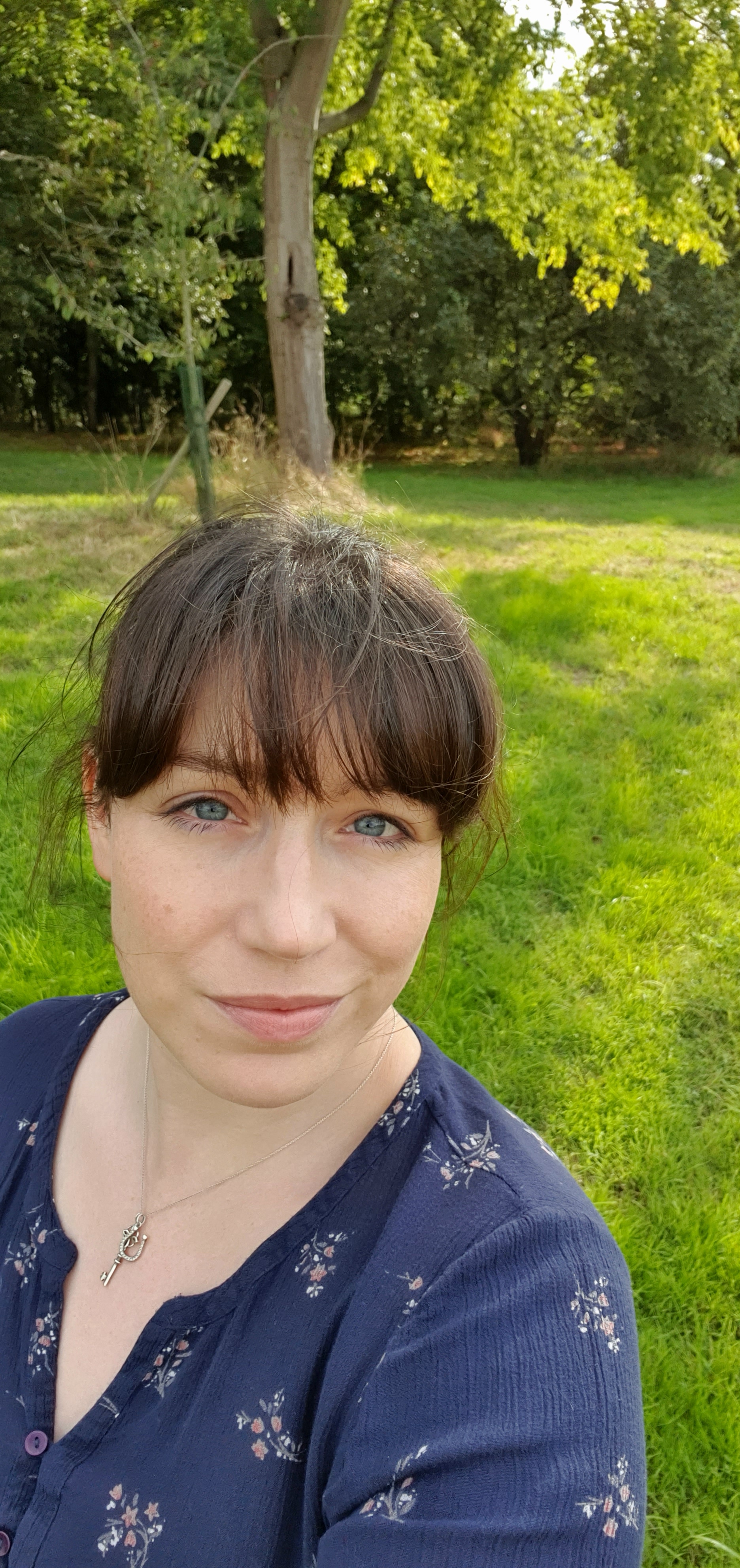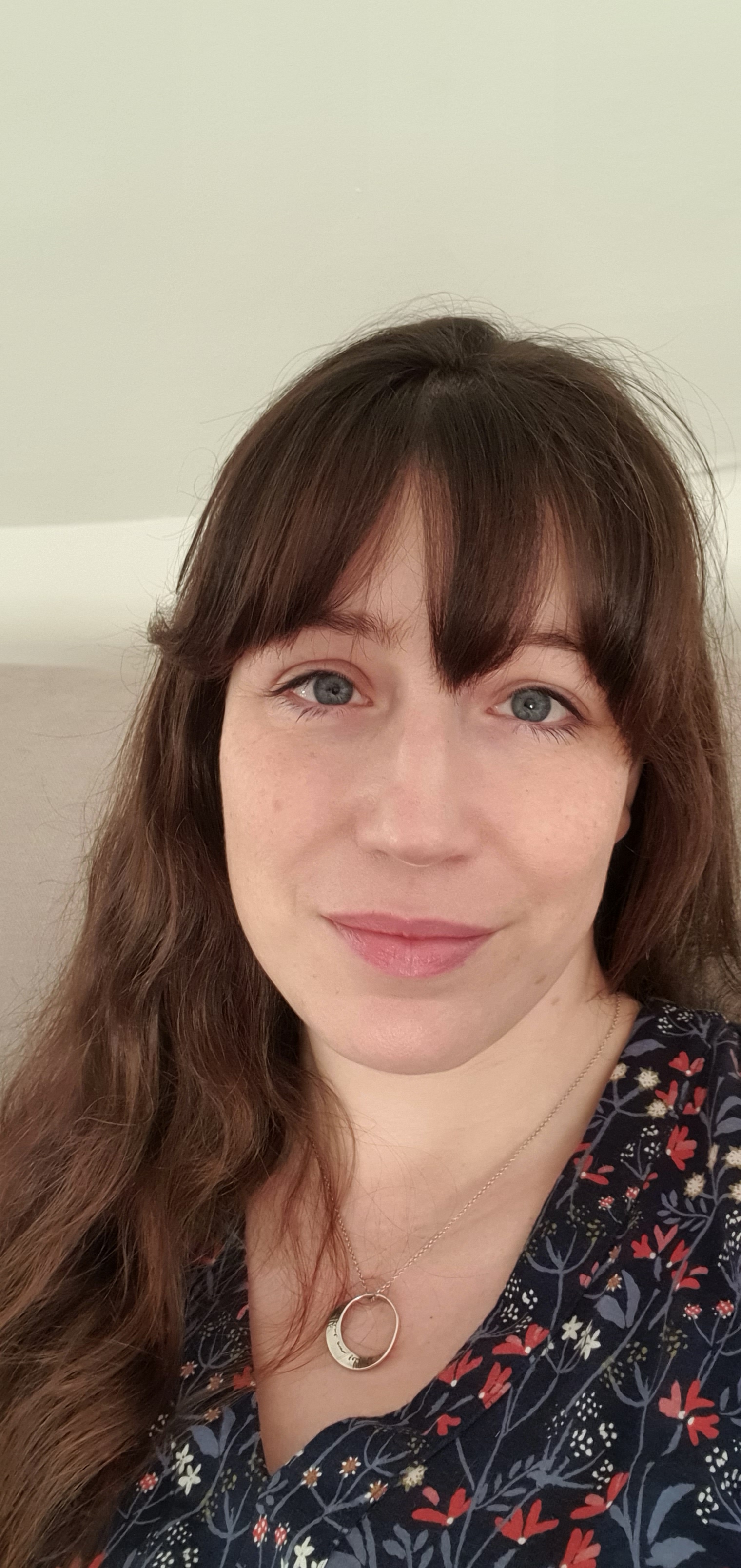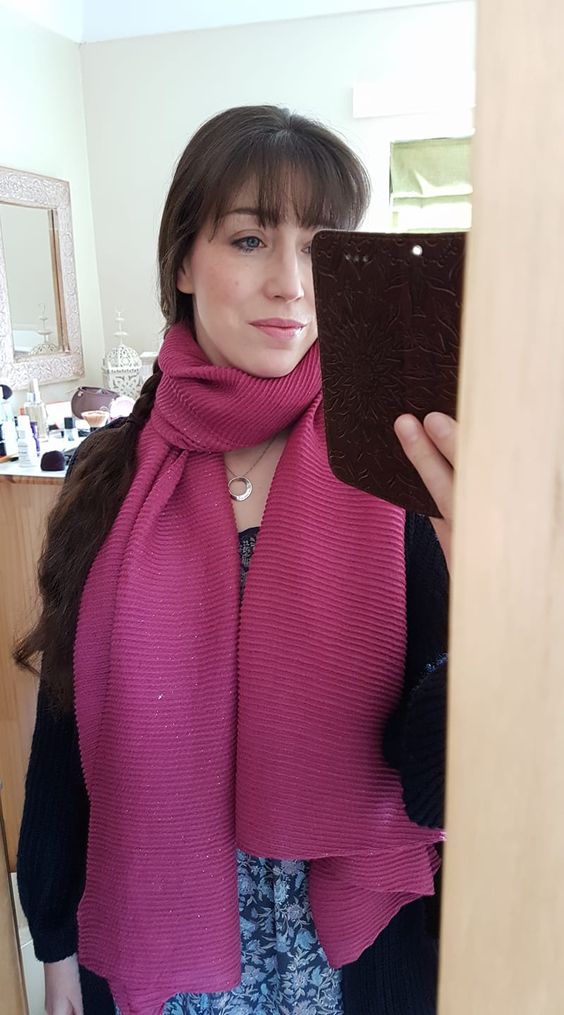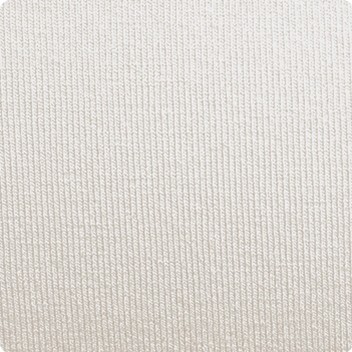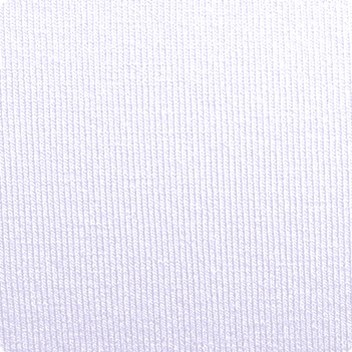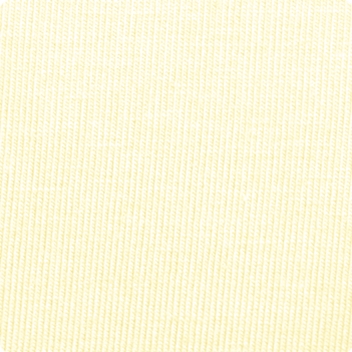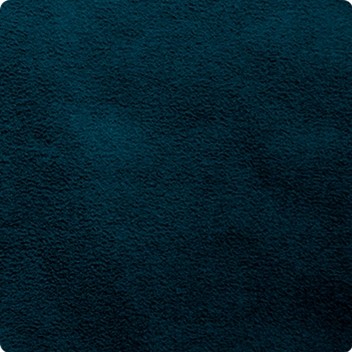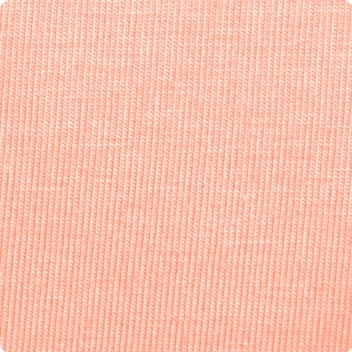A few months ago, I met up with a male friend for coffee, and to my surprise he seemed disproportionately distracted by the fact I was wearing red. It was just a casual jersey cotton dress (I hadn’t dressed up especially for the occasion!), a shade half way between true red and burgundy. Perhaps he’d read somewhere that when women wear red, it signals romantic interest, and I was inadvertently giving off the wrong signals. It certainly captured his attention, and his reaction in turn made me curious; when I returned home, I started googling.
As a colour analyst, I know that colours have meaning. Red can signal danger, passion, even aggression. In China, it’s considered lucky. I also know that it’s a colour people typically tend to shy away from. In colour sessions, it’s the colour most likely to intimidate, the colour most likely to elicit comments of concern and of protest. My therapist told me that, in training, they are advised not to wear red as it’s a colour that can come over as aggressive. We know that red is a colour associated with romance, evidenced by the plethora of red hearts in shops around Valentine’s Day. What had passed me by until recently, however, is something called ‘The Red Dress Effect’.
It’s interesting to note, too, that we’re not talking about ‘the red t-shirt effect’ here – there’s something about the femininity of a dress, the way dresses are typically cut to enhance the female figure, rather than a red t-shirt and jeans (for example) that seems to enhance the effect. And a red dress, paired with a red lip, is a powerful combination. A note for the Naturals, here: if you’re like most Naturals I know, lipstick as a daytime look feels too overdone. My tip for adding colour, without looking ‘made up’, is this: apply lip liner to the inside half of your lips, and then use lip balm to smudge outwards (rather than lining your lips with it). I have found that wearing lip liner in this way makes the look more wearable while still adding colour to the face. I can also recommend tinted lip balm for this purpose. Pairing a red dress with a red lip really enhances the effect, directing attention up to our eyes.
A few weeks later, I wore a true red dress on a visit to London; my sister and I were visiting a cat café and I’ll admit I hadn’t given much thought to the colour of my dress (no more than usual, at least). Two things struck me as we navigated our way to our destination – firstly, I was acutely aware of standing out in a sea of grey and black. Secondly, men were definitely noticing me in a way they hadn’t before, and at times I was openly stared at, a fact I could only attribute to the colour I was wearing. Cue more googling on my return home, my attention officially piqued.
Scientists hypothesize that the reason this phenomenon exists could be social conditioning or evolution: red is a colour that has historically been associated with fertility, and many female primates signal their readiness to mate when oestrogen rises, causing blood vessels to dilate which results in their faces turning red. In humans, blushing can be a sign of romantic affection. Various studies have shown that, on average, men rate women who wear red as more attractive.
A friend of mine had a similar experience recently when she wore a floor-length red dress to a show in London. In her words: “This dress is weird. It’s somehow elevated me from being a fairly normal woman to someone who gets people stopping to stare at them in the street. On the walk here, I got some open compliments from women just walking past. And a few dudes just staring openly.” I will also add that she received a compliment from the legendary Joss Stone whilst at this show, proof if ever it were needed that the red dress effect is real.
Of course, as a colour analyst, I will be the first to say: the shade of red you wear matters. I wear true red and burgundy (with caution, these days, it must be said) but when I don orangey-red (too warm for my cool undertones) I look predictably awful, as demonstrated here:
Not to say I look ‘ugly’ (whatever that means; a blog post for another day!), but what I experience when I look at this photo is a discordance that’s uncomfortable. The colour competes with me. When I pay attention to my own body language whilst looking at this, I notice I’m frowning. What I detect, when I wear the wrong (bright) colour, is that whilst people might see me, they struggle to meet my eye, distracted as they are by the colour. This was most obvious to me on the day I did my style experiment. It was, frankly, agonising.
For comparison, here is me wearing the correct shade:
As you can see, there’s harmony. Yes, I’m wearing a bright red, but our attention is directed up towards my face.
I’d love to know about your experiences with red. Do you wear it? Or do you avoid it? Have you noticed the red dress effect for yourself? Are you tempted to wear red and see what happens? Drop me a line in the comments – I’d love to know!


